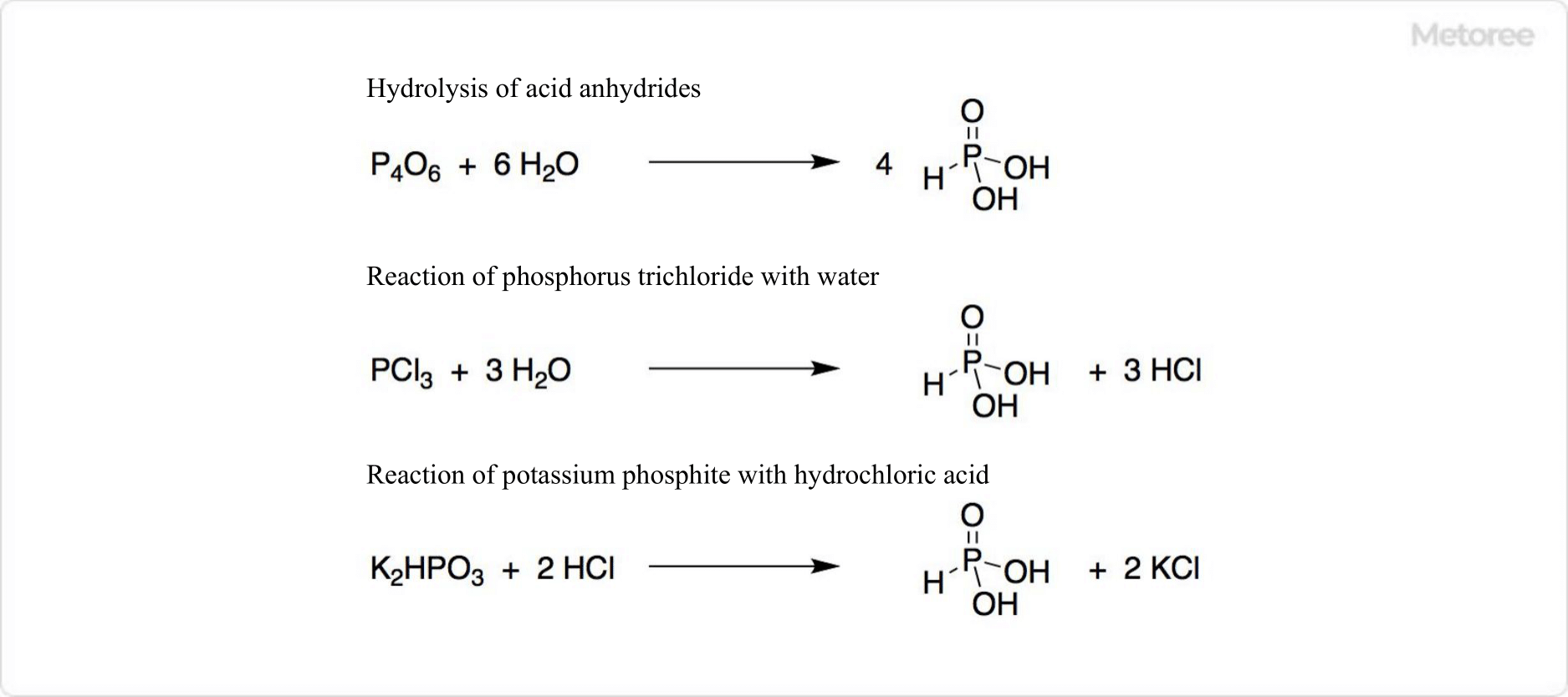What Is Cerium Chloride?
Cerium(III) chloride is an inorganic compound with the chemical formula CeCl3.
It is sometimes referred to as cerium(III) chloride to indicate its valence. In addition to anhydride, heptahydrate is also known, with CAS numbers 7790-86-5 (anhydride) and 18618-55-8 (heptahydrate), respectively. The anhydride readily forms hydrates due to its high hygroscopicity.
Both cerium chloride anhydrate and cerium chloride heptahydrate are classified as skin corrosive/irritant and eye irritant under the GHS classification. The legal classification of cerium chloride, both anhydrous and heptahydrate, is not applicable under the Industrial Safety and Health Law, the Labor Standards Law, the PRTR Law, and the Poisonous and Deleterious Substances Control Law.
Uses of Cerium Chloride
Cerium chloride is used as a raw material for synthesizing other cerium compounds and as a Lewis acid in organic synthesis. Cerium trifluoromethanesulfonate (Ce(OTf)3), used as a Lewis acid in the Friedel-Crafts acylation reaction, is a useful starting material for cerium chloride.
Cerium chloride is also used as a catalyst for the polymerization of olefins, in the Rouxier reduction of α,β-unsaturated carbonyl compounds, in the alkylation of ketones, and as an additive in Grignard reactions.
Properties of Cerium Chloride
1. Cerium Chloride (Anhydrous)
Cerium chloride anhydride has a molecular weight of 246.48, a melting point of 817°C, and a boiling point of 1,727°C. It is a white to pale yellow crystal or powder in appearance at room temperature. It has a density of 3.97 g/mL and solubility in water of 100 g/100 mL. It is soluble in alcohol as well as water.
2. Basic Information on Cerium Chloride (Heptahydrate)
Cerium chloride heptahydrate has a molecular weight of 372.58, a melting point of 848°C, and a white to light yellow crystalline powder or powder in appearance at room temperature. It has a density of 3.97 g/mL and is extremely soluble in water and ethanol.
Types of Cerium Chloride
Cerium chloride is sold as a reagent product for research and development and as a rare earth compound for industrial use.
1. Reagent Products for Research and Development
Most of the products sold as R&D reagent products are cerium chloride heptahydrate. However, there are a few manufacturers that offer anhydride. The product is generally available in 10g, 25g, 100g, and 500g capacities, which are easy to handle in the laboratory. Heptahydrate is treated as a stable reagent product that can be stored at room temperature.
2. Rare Earth Compounds for Industrial Use
As for industrial products, stable heptahydrate is sold. The expected use for this product is as a raw material for cerium compounds and catalysts. In addition to pure substances, they are also sold in aqueous solution. As for the capacity, etc., it is necessary to inquire individually as it differs from manufacturer to manufacturer.
Other Information on Cerium Chloride
1. Synthesis of Cerium Chloride
Cerium chloride can be synthesized from cerium metal and hydrogen chloride. Another known method is to obtain it by heating trivalent cerium oxide, hydroxide, or carbonate mixed with ammonium chloride. Heating the hydrate yields an anhydride, but rapid heating of the hydrate alone may cause a small amount of hydrolysis.
To obtain pure anhydride, the hydrate can be heated slowly to 400 °C with four to six equivalents of ammonium chloride under a high vacuum, or with excess thionyl chloride for about three hours. Or, more simply, anhydride can be obtained by heating heptahydrate gradually to 140 °C in a vacuum over many hours, but it may contain some hydrolysis products. However, even this degree of purity can be used with organolithium and Grignard reagents.
2. Chemical Reaction of Cerium Chloride
Cerium chloride is not only used as a raw material for other cerium compounds but can also be used by itself as a Lewis acid in organic synthesis. For example, cerium chloride heptahydrate is used together with sodium borohydride NaBH4 in the Rouxier reduction of α,β-unsaturated carbonyl compounds. Otherwise, it prevents the formation of enolates in the alkylation of ketones.
